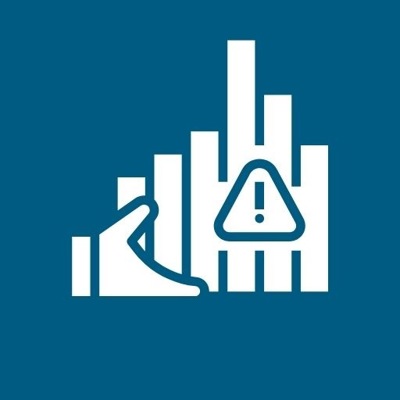Refreshed Sectoral AML Risk Assessment
The Money Laundering Regulations (MLRs) require that we, in our capacity as a Professional Body AML Supervisor, identify and assess the international and domestic risks of money laundering to which our members are subject.
In the course of carrying out such a risk assessment we must consider various reports and guidelines issued by authorities including the European Supervisory Authorities, HM Treasury and Home Office. We must also keep an up-to-date record in writing of the steps we have taken under regulation 17 of the Money Laundering Regulations.
The previous sectoral risk assessment was published in early 2018, in response to the introduction of the new Money Laundering Regulations in 2017.
Since then, significant advances have been made in terms of our understanding of AML risks facing the profession. This has been made possible due to:
- Review and analysis of annual AML Certificate responses
- The deployment of further expert & dedicated AML resource to our AML Supervisory activity
- Outreach, education and collaboration with the profession on AML issues
- Substantial and in-depth assurance activity across the profession, and analysis of findings/outcomes
- Closer collaboration, intelligence and information-sharing with other stakeholders such as Law Enforcement and other supervisory bodies.
Given this, we have been able to undertake a new, refreshed and far more detailed assessment of AML risks – tailored to the circumstances, demographic and context of the Scottish profession.

Given our increasing and detailed knowledge of the Scottish profession we are able to take a deliberately detailed and tailored assessment approach – considering and rating inherent AML risks specifically in the context of the Scottish legal sector - rather than solely repeating the findings of the UK National Risk Assessment or stating broad, legal sector-generic AML risks.
This approach is in line with our supervisory risk appetite statement issued to the profession in February 2021 and reflects our desire to drive standards within the profession beyond simply technical compliance with regulatory requirements to supporting a position of underlying effectiveness.
If we, as supervisors, are to truly encourage our membership to take a risk-based approach to anti-money laundering, we must be prepared to support this by taking a risk-based approach ourselves - clearly articulating and justifying material AML risks as we see them, setting our supervisory expectations, and offering support and guidance in the mitigation of these inherent risks, through incorporating practical considerations and links to further guidance where we can.
It is hoped that this will, in turn, support practices to consider risks in the context of their business and encourage them in developing a truly proportionate, risk-based approach to AML control.
Although we believe this approach is the right one, we must also be clear that each practice unit must also remain aware of and consider those factors rated as “limited inherent risk” in the overall Scottish context, as these may still be relevant and/or higher risk in the context, nature or circumstances of the individual practice, clients or matters they undertake.
Clearly the Ukraine crisis is front of mind at the moment and while it is not directly referenced in the assessment it is encompassed in ‘geographic risk factors’ which is identified as of substantial inherent risk.
AML Toolkit
Useful tools, resources and templates to help your practice unit with anti-money laundering.
Financial sanctions FAQ
Following the invasion of Ukraine by Russia and the resulting sanctions and other restrictions imposed by the UK Government, we are providing answers to some of the most frequently asked questions to provide members of the Scottish legal profession, clarification on what is required of them.
AML FAQs
Answers to some of the most frequently asked AML-related queries, to help the legal profession understand the rationale and responsibilities around AML regulations.

